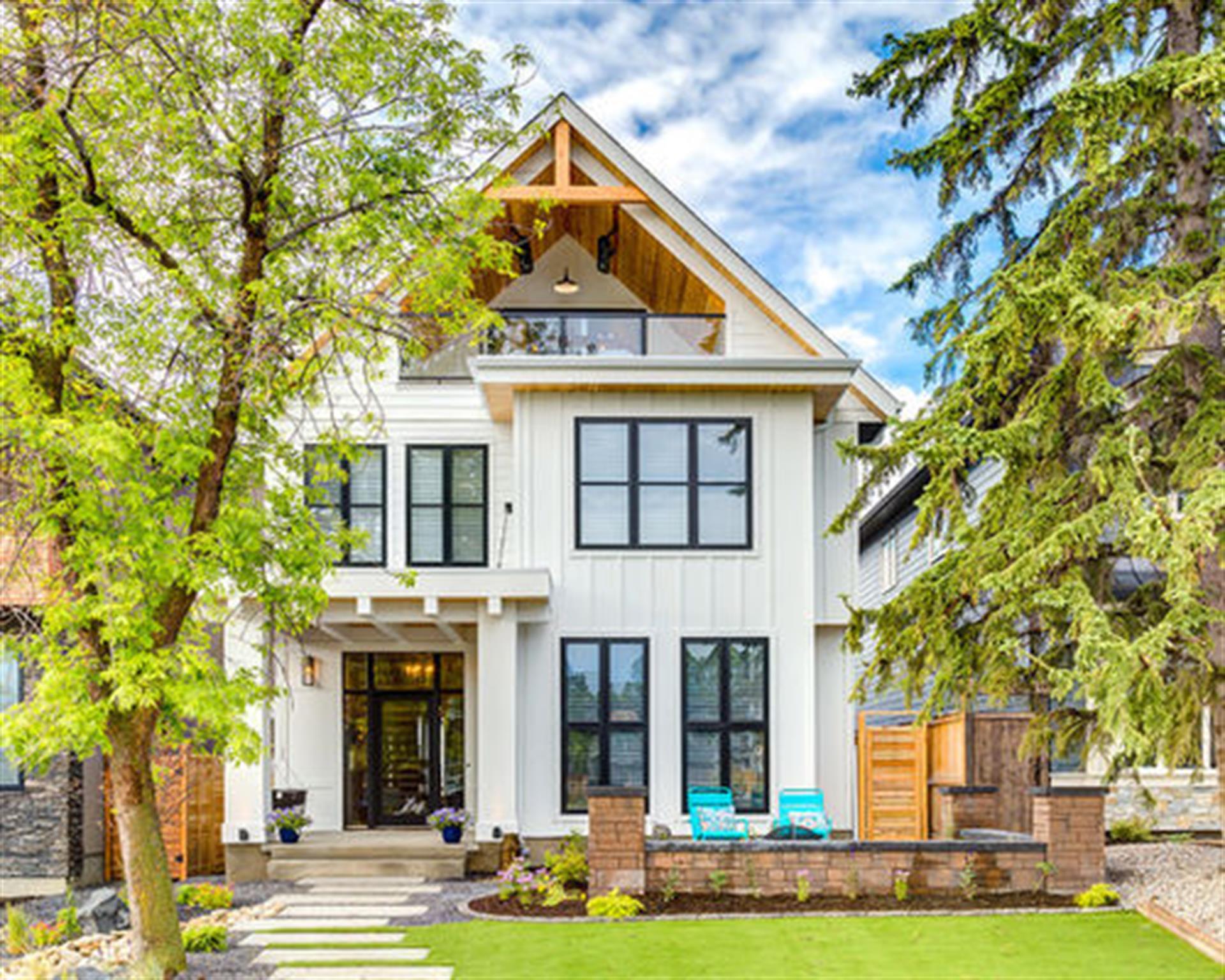Keeping a Paint Job in its Place

The condition of the paint or stain on your rentals can be your ambassador of curb appeal. Its appearance can say a lot about your properties. And yet, you could be spending a healthy portion of your maintenance budget on a much too short re-coating cycle. Most property managers will agree that keeping a paint or stain film on exterior wood is a never-ending job. One of the truisms that go along with this effort, however, is the fact that each property can be different in how it holds paint or stain film. Identical housing configurations oriented differently to sun, wind and rain will expose a coating differently.
Also, identical configurations with identical orientations but different interior moisture movements will shed their films differently. You can be using a high quality product applied by skilled craftsmen and still be fighting only half the battle. Water is the enemy, whether in the form of bulk water or migrating vapor whose strategy needs to be understood in order to defeat it. Let’s see if we can identify some things we know about building behavior that may help your situation. Water’s principle tactic is divide-and-conquer. It wants to get between the film and the wood the film is intended to protect. The water source can be either exterior bulk water or vapor migrating from the building’s interior through the exterior wall cavity to the siding. Easily the most common source of exterior water is roof run-off that runs down the exterior wall because there is limited or no roof overhang. Entry into the wall cavity can occur through gaps in the siding and around window and door casings.

Interior moisture in the form of migrating vapor needs to be encouraged to make a quick exit. This is best done by structural ventilation, the most common being the combination of soffit and full ridge vents. This construction augments the natural tendency for air to rise in a building by convection and pressure differential. Wind blowing across a ridge vent or perhaps through gable end vents creates a negative pressure there that pulls air (and water vapor) up from below and sends it outdoors. If that mechanism is not in place or is compromised in some way water vapor sees the wall cavity as the path of least pressure. The vapor condenses out as water in the cooler wall and is stored for eventual passage out through the siding and lifting the protective film.
It goes without saying of course that any moisture generators such as clothes dryers and bathroom fans should be vented directly to the outdoors. By the way, never assume that a bathroom fan with a humming motor is actually pulling air. The humming may be a seized bearing or the fan may need cleaning. Check it out. Kitchen fans are, in my opinion, not given sufficient credit for their potential for moisture removal. Clearly cooking generates moisture. Ever open a dishwasher while it’s running and be greeted by a cloud of hot vapor just looking for a place to condense? Address your water and moisture problems first and you will enjoy the length of protection and appearance your buildings need to project the image of a well-maintained property.
By Burns and Associates - Engineers. A consulting engineering firm with a recognized reputation for competency throughout their community. The firm is staffed by professional engineers and reserve specialists. An active member of the Community Associations Institute. Principal is Robert J. Burns, P.E., R.S. burnsengineers.com. Copyright © NARPM®. Reprinted from the NARPM® Residential Resource news magazine. For additional information about the National Association of Residential Property Managers, visit www.narpm.org.
Published on Friday, June 1, 2018